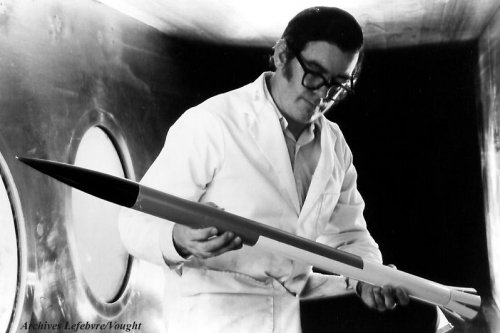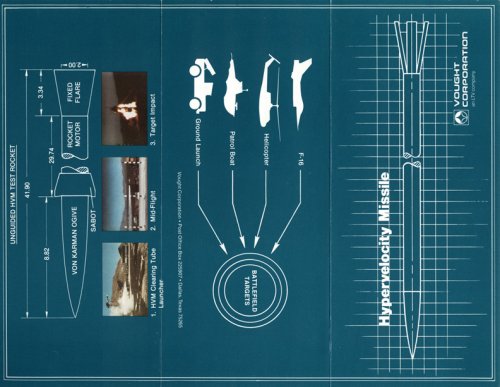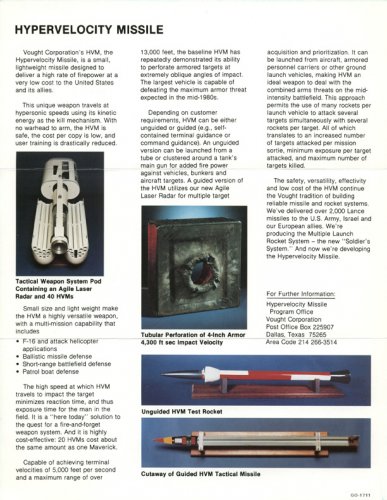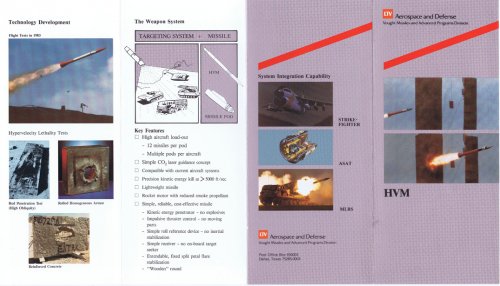bobbymike said:
When I see Lockheed's specifications for CKEM (60 inches long 100 lbs) I start thinking of concepts of operation. You could mount 10 or more on the Crusher UGV and take on a tank brigade with ten or so of these UGV's. The future of ground warfare ???
If only things were that simple…
The HVM for anti-tank operations was seriously explored because of the long time of flight of conventional sub-sonic ATGMs (like TOW). Which meant in the massed Soviet tank attack scenario of West Germany in the Cold War speed of advance would mean that an anti-tank unit could only engage a limited number of tanks. With HVM engagement frequencies could be as high as a conventional tank gun.
But there were a number of problems with this. One non-technical challenge is a HVM as a very high firing signature. A lot of smoke and flash. Which enables everyone else on the battlefield to know where you are and target you accordingly.
As to mounting them on lightweight UGVs and taking on tank brigades this conveniently ignores or is ignorant of a range of other weapons on the battlefield rather than just tank vs UGV. For example low intensity HE artillery fires would have no problems suppressing those UGVs. Another classic example of why armchair generals are always wrong.





